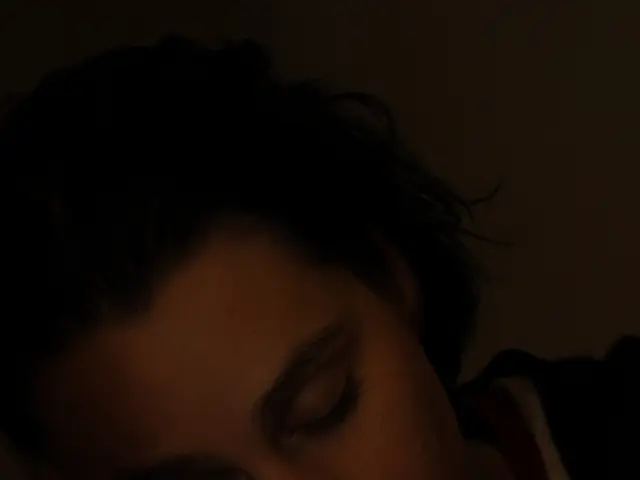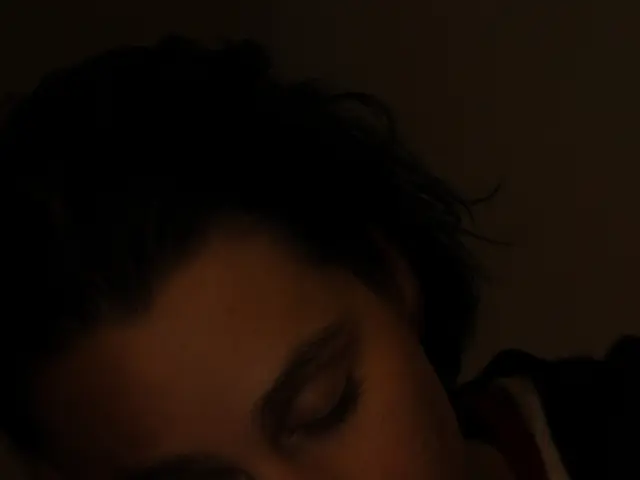Biannual Clock Change's Surprising Impacts on Energy, Health, and Justice
The biannual clock change, a seemingly innocuous event, has far-reaching impacts on various aspects of life, from energy consumption to public health and even judicial decisions. A recent study published in 'Environmental Research Letters' explores the energy-saving effects of daylight saving time in office buildings. Meanwhile, other studies reveal increased forest fires, emergency room visits, and traffic collisions linked to the time change. The practice, initially embraced by Switzerland during the 1970s oil crisis, continues to spark controversy among scientists and financial markets.
The Lawrence Berkeley National Laboratory's study found that daylight saving time can lead to significant energy savings in office buildings, with up to 6% of cooling energy saved by finishing work earlier. However, the overall electricity savings achieved through the time change remain controversial among scientists.
The time change also has notable impacts on public health and safety. In Switzerland, emergency room visits increase by 3.5% to 6.5% in the wake of the time change. Wildlife is similarly affected, with increased risks of collisions due to altered traffic patterns. Moreover, the disruption to circadian rhythms can lead to a higher risk of heart attacks, strokes, and even suicides.
Judges appear to be influenced by the time change as well. Studies show that they tend to hand down stricter sentences on the Mondays following the time change. Additionally, financial markets may perform weaker on these Mondays, regardless of the direction of the change. Interestingly, the time change may also contribute to an increase in forest fires, with around 100 additional fires in the USA each year.
The biannual clock change, while intended to conserve energy, has far-reaching consequences that extend beyond electricity savings. Its impacts on public health, safety, and even judicial decisions underscore the need for further research and consideration of these factors in policy decisions surrounding daylight saving time.






